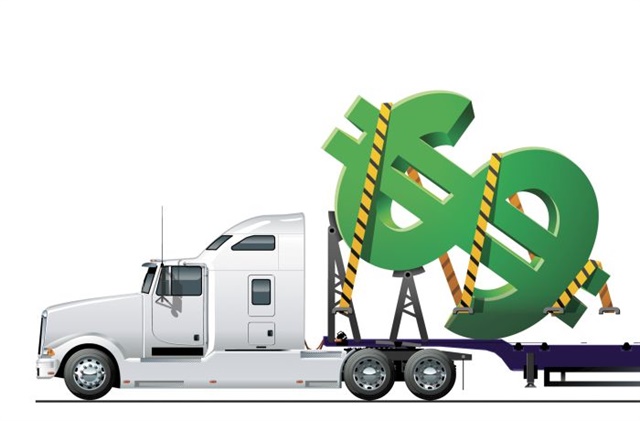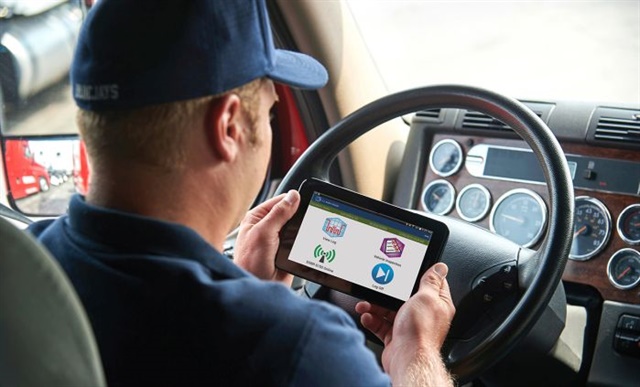<img width="150" src="http://www.automotive-fleet.com/fc_images/news/m-elds-erods-1.jpg" border="0" alt="
If you look at the lower right-hand corner of this display of the ERODS system that will be used to read ELD data files, you will see dots that indicate the truck was moving despite the driver logging the time as sleeper berth.
">
If you look at the lower right-hand corner of this display of the ERODS system that will be used to read ELD data files, you will see dots that indicate the truck was moving despite the driver logging the time as sleeper berth.
">ORLANDO — In a sometimes-lively educational session at the American Trucking Associations 2017 Management Conference & Exhibition Saturday, a panel of regulatory, enforcement and fleet personnel fielded questions on enforcement and other aspects of the electronic logging device mandate that goes into effect Dec. 18.
“In today's environment, you cannot pick up a periodical or go through 10 emails without someone offering a webinar about the ELD mandate,” said Jim Ward, president and CEO of D.M. Bowman Inc., a 400-truck fleet that has been on electronic logs since 2013. Pointing out that the overwhelming majority of the country's trucking operations are small fleets, “it is a huge impact on a number of small businesses.”
Joe DeLorenzo, director of the Federal Motor Carrier Safety Administration's Office of Compliance and Enforcement, went over some of the common questions, such as exemptions. But much of the discussion centered around what will happen at roadside come December.
Both DeLorenzo and Colin Mooney, executive director of the Commercial Vehicle Safety Alliance, stressed several times that the ELD rules do not change the underlying hours of service rules.
“A lot of folks are tying ELDs to the hours of service rules themselves,” Mooney observed. Many of the drivers and others objecting to the ELD mandate claim it will end the “flexibility” they currently have with paper logs. But in the eyes of the law, that “flexibility” is simply cheating.
“Enforcement's ready to enforce the rules,” Mooney said. “All we're doing is moving from a paper to electronic format. However, for some it will be their first introduction to hours







